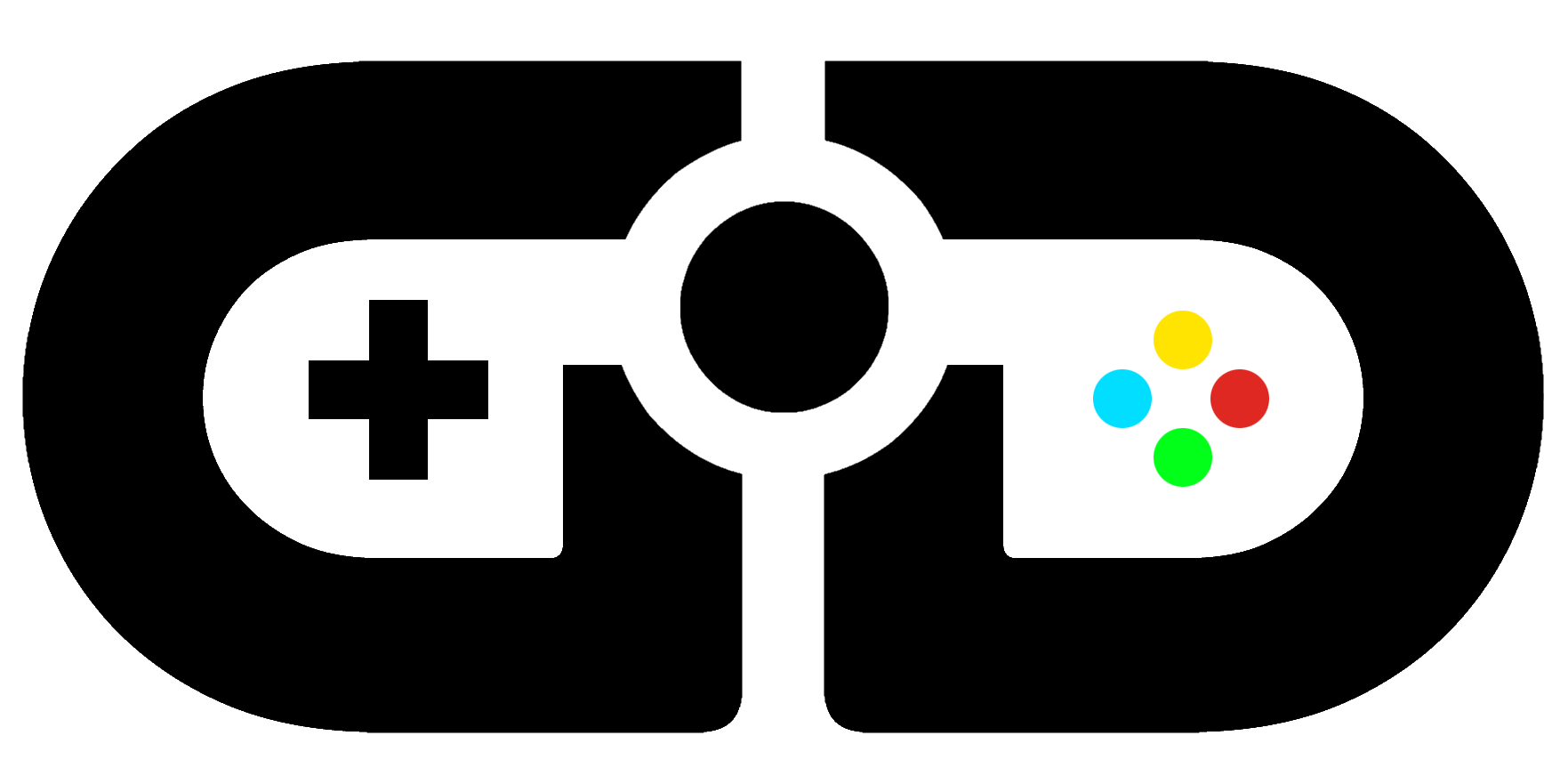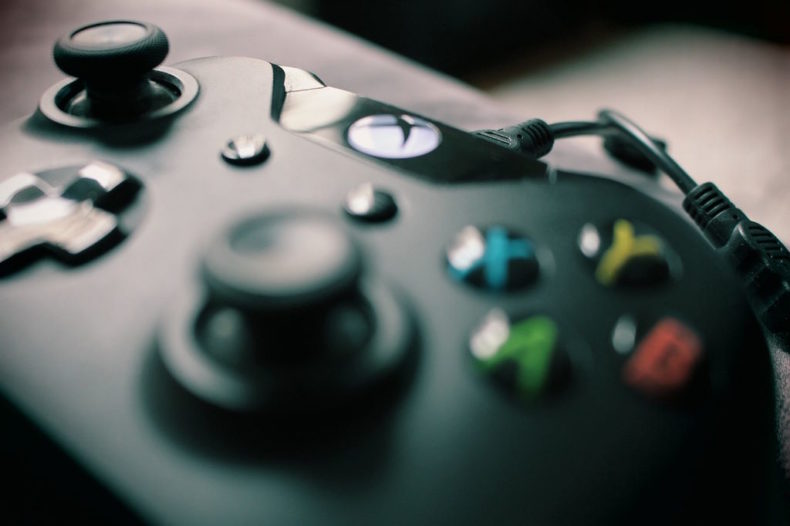Game performance is a crucial aspect of the player experience in Unity3D game development. A game that runs smoothly and responsively can provide a more immersive and enjoyable experience for players. However, optimizing game performance can be a challenging task for Unity3D game developers. They must balance the demands of complex game mechanics, high-quality graphics, and network connectivity while ensuring that their game runs smoothly on a wide range of hardware.
Unity3D provides developers with a range of tools and techniques for optimizing game performance. With Unity3D’s platform, developers can profile their game’s performance, diagnose issues, and implement optimizations to improve resource usage, network performance, and more. In this article, we will explore the various methods for optimizing game performance with Unity3D and how developers can use these tools to create games that run smoothly and provide a seamless experience for their players.
Understanding Game Performance
Game performance can be impacted by a wide range of factors. Some of the most common factors that can impact game performance include hardware limitations, network latency, and resource usage.
- Hardware limitations can impact game performance by limiting the amount of processing power, memory, and storage available to the game. For example, a game that requires a high-end graphics card may not run smoothly on a device with an integrated graphics chip. Similarly, a game that requires a large amount of memory may not run smoothly on a device with limited RAM.
- Network latency can impact game performance by introducing delays in the transmission of data between the game client and server. For example, a multiplayer game that relies on fast and responsive network communication may not perform well on a slow or unreliable network connection.
- Resource usage can impact game performance by consuming system resources such as CPU cycles, memory, and storage. For example, a game that uses large amounts of memory may cause other applications to run slowly or even crash. Similarly, a game that uses a large amount of storage may cause the device to run out of space and become unresponsive.
Overall, understanding the factors that can impact game performance is crucial for optimizing it. By identifying and addressing these factors, developers can improve the performance of their games and provide a better experience for their players.
Profiling and Diagnosing Performance Issues
Profiling and diagnosing performance issues is a crucial part of optimizing game performance. Unity3D provides developers with a range of tools and techniques for profiling game performance and diagnosing issues.
One of the key tools available in Unity3D for profiling game performance is the Unity Profiler. The Unity Profiler allows developers to measure the performance of their game in the Unity Editor, in Play mode, or on a device running their game in development mode. With the Unity Profiler, developers can get detailed information about the performance of their game, including CPU usage, memory usage, rendering performance, and more.
In addition to the Unity Profiler, Unity3D also provides other profiling tools such as the Memory Profiler for in-depth memory performance analysis and the Profile Analyzer for comparing profiling datasets. Developers can also use third-party profiling tools alongside the Unity Profiler to get a more complete picture of their game’s performance.
Once developers have profiled their game’s performance, they can use the information gathered to diagnose and resolve any performance issues. For example, if the profiler indicates that the game is using too much memory, developers can use this information to optimize their game’s memory usage.
Optimizing Resource Usage
Optimizing resource usage is a crucial part of improving game performance. By reducing the amount of resources used by their game, developers can improve its performance and provide a better experience for their players.
Unity3D provides developers with a range of tools and techniques for optimizing resource usage. These include techniques for reducing memory usage, improving CPU and GPU performance, and more.
One way to reduce memory usage is to use lightmapping to pre-compute lighting and shadows. This can increase build time and memory usage, but can improve runtime performance by reducing the amount of work that needs to be done by the CPU and GPU. Developers can also use compression formats to decrease the size of textures in memory, which can result in faster load times and improved GPU rendering performance.
- To improve CPU performance, developers can optimize their scripts to reduce the amount of work that needs to be done by the CPU. For example, developers can use techniques such as object pooling and avoiding unnecessary calculations to reduce the CPU load.
- To improve GPU performance, developers can use techniques such as reducing the number of draw calls and optimizing their shaders. For example, developers can use techniques such as batching and instancing to reduce the number of draw calls required to render their game.
In conclusion, optimizing game performance is a crucial part of providing a smooth and enjoyable experience for players. Unity3D provides developers with a range of tools and techniques for improving game performance, including options for profiling and diagnosing performance issues, optimizing resource usage, and improving network performance. By using these tools and techniques, developers can improve the performance of their games and provide a better experience for their players.





